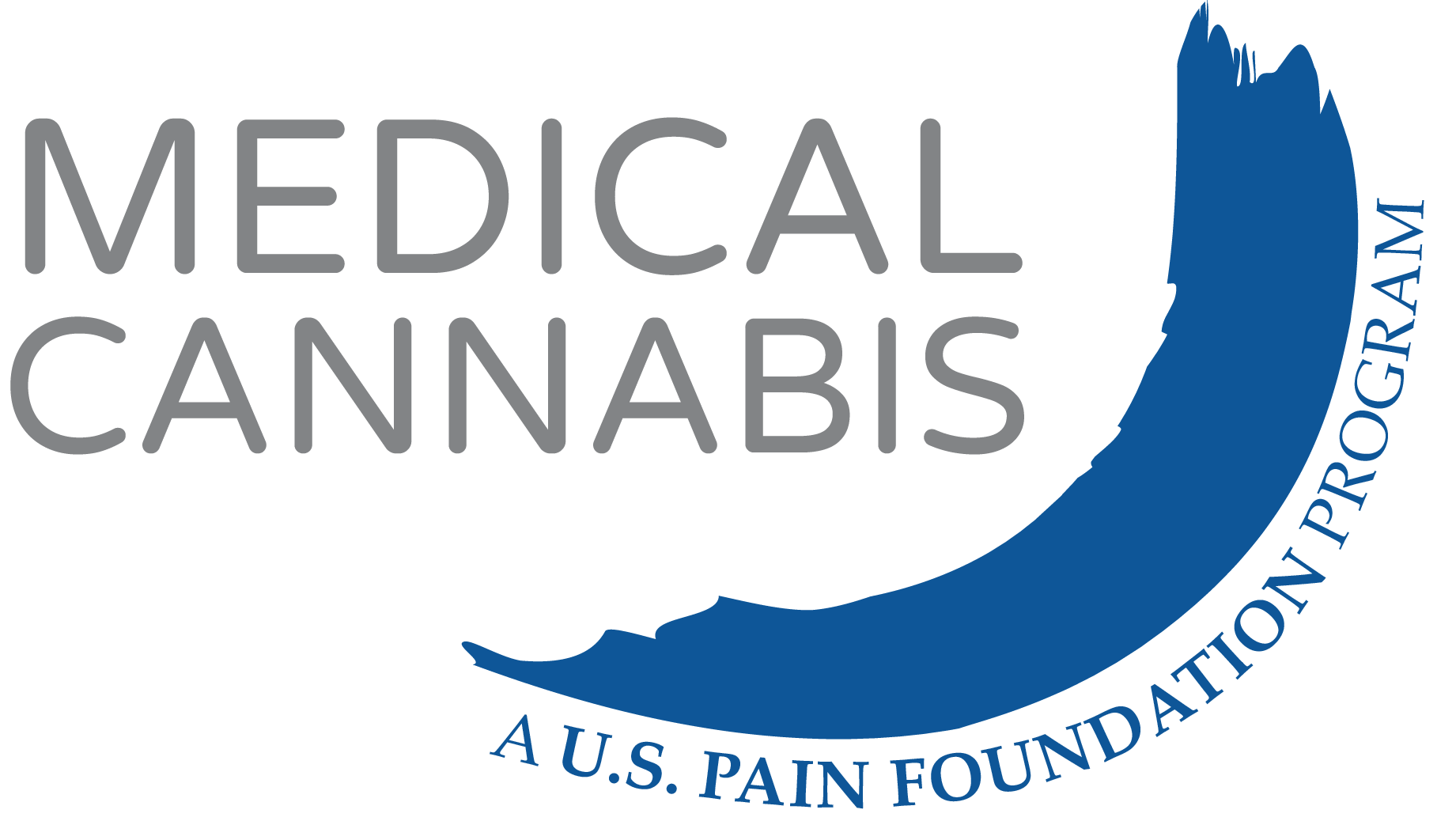MYTH VS. REALITY
Even though medical cannabis can be an effective treatment option for people with pain, its use has long been stigmatized by society, resulting in a lot of misunderstanding. Let’s examine some myths about cannabis.
All people who use cannabis must be “stoned” or “high.”
Medical cannabis is made of two components: THC, which causes the mental effects associated with feeling high, and CBD, which produces bodily effects. Various strains of cannabis have different ratios of THC and CBD, which means that not all strains create a high feeling. It also depends on how much you use, and your specific body chemistry.
Everyone who uses medical cannabis experiences the same results.
There are hundreds of different strains of medical cannabis. Like with any medication, different types affect people differently.
Other factors that impact the effect include:
- Amount used (dosage)
- Method of consumption
- Biochemistry
- Mindset or mood
- Type of cannabis used
If a CBD product didn't work for me, medical cannabis won't either.
CBD products are increasingly popular. But CBD is only one cannabinoid found in medical cannabis. Many patients benefit from CBD in combination with THC.
Cannabis has no proven medical benefits.
Clinical research suggests that cannabis can help with pain relief, nausea, appetite, seizures, mood, and sleep.
Much more clinical research is needed.
I would have to smoke medical cannabis if I used it for pain.
Cannabis is not necessarily smoked. There are many adminstration methods, including cannabis pills, tinctures, topicals, patches, oils, and edibles.
There are no risks with using medical cannabis.
While medical cannabis is widely considered to be safe, it does come with possible risks, especially if too much is taken. This more commonly occurs with edibles, which can take hours to take effect (they must go through the digestive system first), making it difficult for the user to gauge potency.
Research into the side effects and risks is limited, and conflicted. Some studies suggest that cannabis use can affect cognitive function; others suggest it does not. In addition, some research suggests that cannabis use is associated with higher incidence of psychotic disorder; meanwhile, other studies indicate it can reduce anxiety and depression. More research is needed.
Using medical cannabis will just make me feel tired.
There are two main categories of medical cannabis strains: indica and sativa. The indica strains have higher CBD and lower THC counts. They can help with increased mental and muscle relaxation; decreased nausea and acute pain; and increased appetite and dopamine. Indica is typically preferred for night-time use. Meanwhile, sativa strains have lower CBD and higher THC counts. They can help with anxiety and depression; chronic pain, and increased focus and serotonin. Sativa is usually preferred for daytime use.
Medical cannabis is considered to be high-risk for addiction.
The research is conflicted. Some studies suggest that cannabis can be habit-forming. Others indicate it can actually help curb addiction to opioids and other substances. More research is needed.
My doctor can write me a prescription to use medical cannabis.
In most states, a doctor would need to sign a form identifying and confirming you have a qualifying condition, not a prescription. Typically, you would then use this documentation to apply for a medical cannabis card from your state.
I will need to go to the pharmacy and order my medical cannabis.
In some states, you are allowed to grow your own or have a caregiver grow for you. For others, you go to a dispensary to legally purchase your medication.
Medical cannabis is covered by insurance.
Only once the federal government gets cannabis out of Schedule I, and all states allow a medical cannabis program, will insurance coverage for medical cannabis be possible.
I am sure I will be able to qualify since I live with pain.
Many states have very specific lists of conditions that qualify for medical cannabis use. If your specific condition is not listed as a “qualifying condition” and your state does not include the wording of “chronic pain,” you may have difficulty being allowed into the program. However, some states are beginning to allow the doctor to decide what patient should be using cannabis.
No matter what state I travel to, all laws are equal for medical cannabis use.
Each state has their own laws, some only allowing CBD from the hemp plant, three with no laws at all, and the rest with some form of a medical cannabis program established. Educate yourself on your state’s specific laws and be cautious when traveling between states.
